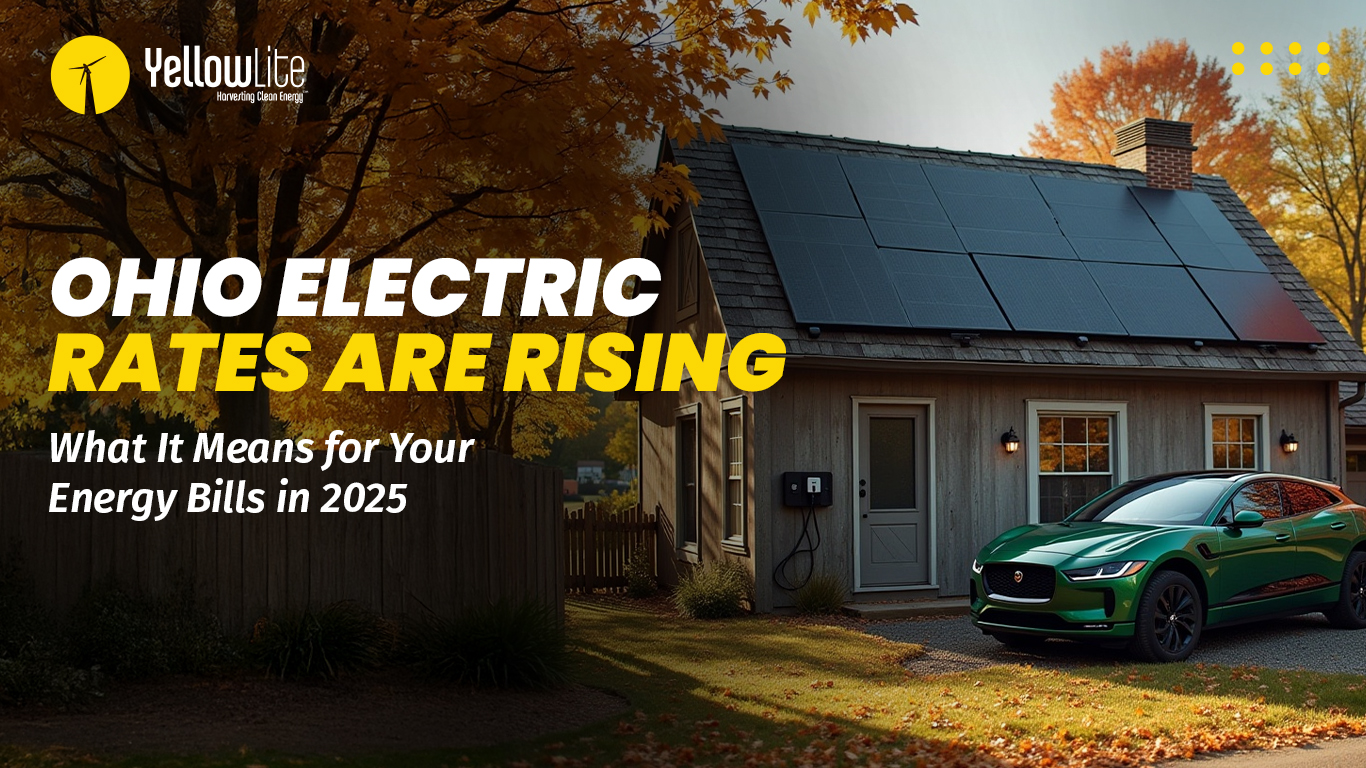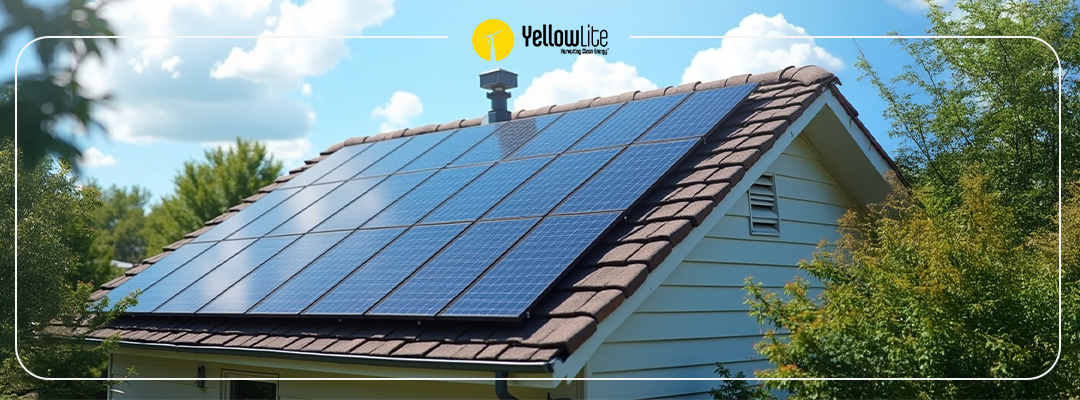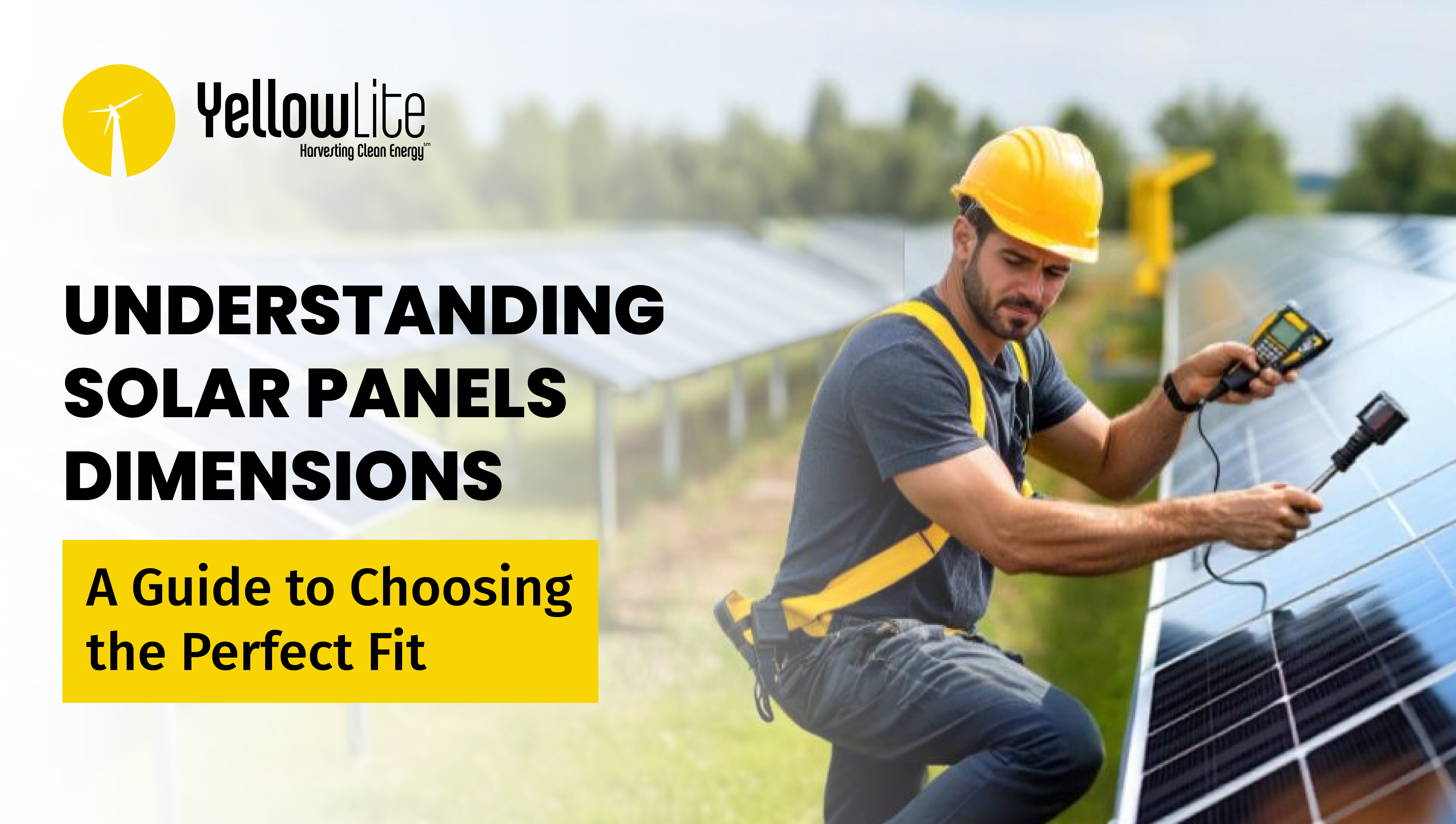Guest blogger: Lee Lorence
Our system has 28 panels on the south side of the house;6 on the upper roof, and 22 on the lower roof.
The roofs are at slightly different angles and there is a difference in efficiency throughout the day. Our roofs (the slant and exposure) were rated at about 95% efficient. This system is capable of to producing 7,400 kWp (peak) and about 8,300 kWh per year. Our house is an all electric home and we consume about 22,000 kWh per year. Heating the house in the winter draws the most energy. We draw about 3 times as much in the winter as in the summer. We will produce about 40% of the electricity we consume each year.
We have 2 inverters on the back of the house. Each inverter can handle up to 20 panels. Our system is a little larger that most home installs, so we needed the second inverter. The inverters convert the 30 volts DC from the panels to into 240 Volts AC for the grid. When the solar panels are working, they will convert the sun’s irradiance into energy, and that is what’s known as kilowatt hours (kWh). Plastic conduit was used to run the wires where needed around the outside of the house.
Our meter looks fairly typical, but is has 2 read-outs. It tracks the power we get from the grid, and the power we put back into the grid.
Our electric bill has both registers and we pay the difference. In August, we produced more electricity that we consumed and the electric bill was a credit of $18.00!
We can access our inverters on the web for info on our system’s performance. The graph shows the energy produced for a day, and how passing clouds reduced its effectiveness.
On a sunny summer day we can produce as much as 45 kWh; on a rainy, cloudy day, only 5 kWh. So, winter in Ohio will not be good for energy production. It is estimated that we will avoid 5 tons of CO2 from being produced each year. We also generate energy credits that will be sold to electric energy companies quarterly. I have a 9 page contract with First Energy – our electric company, and I am registered with the Public Utilities Commission of Ohio as a Certified Renewable Energy Resource Generating Facility. It took about 2 weeks to install the panels, the inverters, and all the stuff on the house.
It took about 4 months to get all the paperwork taken care of. There is a 30% federal tax credit to help pay for the install, but it’s still going to take 10 years to break even. If the cost of electricity goes up, then the pay-back will be quicker.



